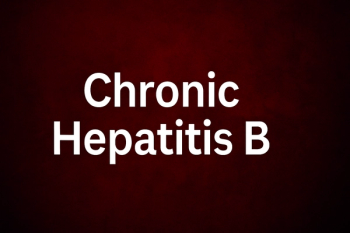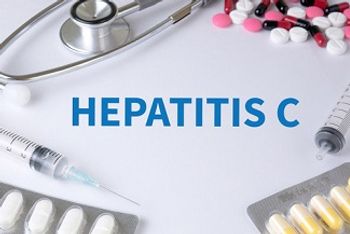
Adding Fosfomycin to Daptomycin Could Improve Outcomes of MRSA Bacteremia
The combination of daptomycin plus fosfomycin was more effective than daptomycin alone for treating patients with MRSA bacteremia.
Results of a phase 3 clinical trial indicate that the combination of daptomycin plus fosfomycin was more effective than daptomycin alone for the treatment of patients with methicillin-resistant Staphylococcus aureus bacteremia (MRSAB).
The combination treatment has demonstrated synergistic and bactericidal effect in animal models of MRSAB, but up until now, there has been a lack of data in humans. Results of the phase 3 trial were presented at
“The aim of the study was to test the hypothesis that high-dose of daptomycin combined with fosfomycin can achieve a better response than therapy with high-dose of daptomycin alone,” Dr. Pujol said, “measured in terms of clinical success and microbiological eradication, among patients with MRSA bacteremia.”
The randomized (1:1), open-label clinical trial enrolled adult patients with MRSAB and was conducted at 18 medical centers throughout Spain.
Patients were included in the trial if they had at least 1 blood culture that was positive for MRSAB in the 72 hours up to randomization and were 18 years of age or older.
Participants were randomized into 1 of 2 arms: those who would receive intravenous (IV) daptomycin 10 mg/kg daily plus IV fosfomycin, 2 g/6h and those who would receive just IV daptomycin 10 mg/kg/24h. The duration of treatment was 10 to 14 days for uncomplicated bacteremia and 28 to 42 days for complicated bacteremia.
The 2 primary efficacy endpoints for the trial were treatment success at Test-of-Cure (ToC) visit (6 weeks after end of therapy), and treatment success at 7 days, defined as alive at day 7 and clearance of bacteremia without relapse from 8 to 90 days post-randomization.
A total of 674 patients with MRSAB were evaluated in the trial, which was conducted from December 2013 to November 2017; a total of 155 patients were randomized, according to Dr. Pujol. Seventy-four patients were given the combination treatment, while 81 were given the monotherapy.
Dr. Pujol and his team found that at ToC visit, a successful outcome was achieved in 54.1% (40/74) of patients who were given the combination therapy compared with 42% (34/81) of patients who received the monotherapy (absolute difference, 12.1%; 95 confidence interval (CI), 0%-27.0%). At 7 days after the treatment was started, a successful outcome was achieved in 93.2% (69/74) of patients who received the combination therapy compared with 76.5% (62/81) who were given the monotherapy (absolute difference, 16.7%; 95% CI, 5.4%-27.7%).
At ToC visit, the combination therapy was found to be associated with lower rates of microbiologic failure compared with the monotherapy (0 vs 9 patients, P = .0009).
When assessing for survival, the team noted that the cumulative mortality incidence at day 7 for the combination treatment group was 4% (CI 95% 0.8 to 11.4), while it was 7.4% (CI 95% 2.8 to 15.4) in the monotherapy group. The cumulative mortality incidence at ToC was 24.3% (CI 95% 15.1 to 35.7) in the combination therapy group, compared with 27.2% (CI 95% 17.9 to 38.2) in the monotherapy group.
A total of 48.6% of those in the combination treatment group experienced adverse events (AEs) compared with 46.9% of those in the monotherapy group; 40.5% reported serious AEs in the combination group compared with 42% in the monotherapy group; and 6.8% of those in the combination therapy group reported AEs leading to treatment discontinuation compared with 0% in the monotherapy group, Dr. Pujol reported.
Five patients withdrew from the trial due to serious adverse events such as heart failure with hypernatremia/metabolic alkalosis/hypokalemia (2), respiratory insufficiency (2), and digestive tract bleeding (1).
Dr. Pujol and his team concluded that the combination therapy was more effective than the monotherapy for the treatment of MRSAB.
“The combination therapy was highly effective to negativize blood cultures and avoid relapses and complicated bacteremia,” he said. “Mortality in both groups was similar in the TOC visit; however, a lower mortality was observed with the combination therapy at day 7.”
Overall, the combination therapy was deemed safe, although some patients needed to discontinue treatment due to serious AEs.
Adding fosfomycin to daptomycin—at least during the first 7 days of therapy—could potentially improve outcomes of patients with MRSAB, they conclude.
No disclosures.
Newsletter
Stay ahead of emerging infectious disease threats with expert insights and breaking research. Subscribe now to get updates delivered straight to your inbox.

















































































































































































































































































































